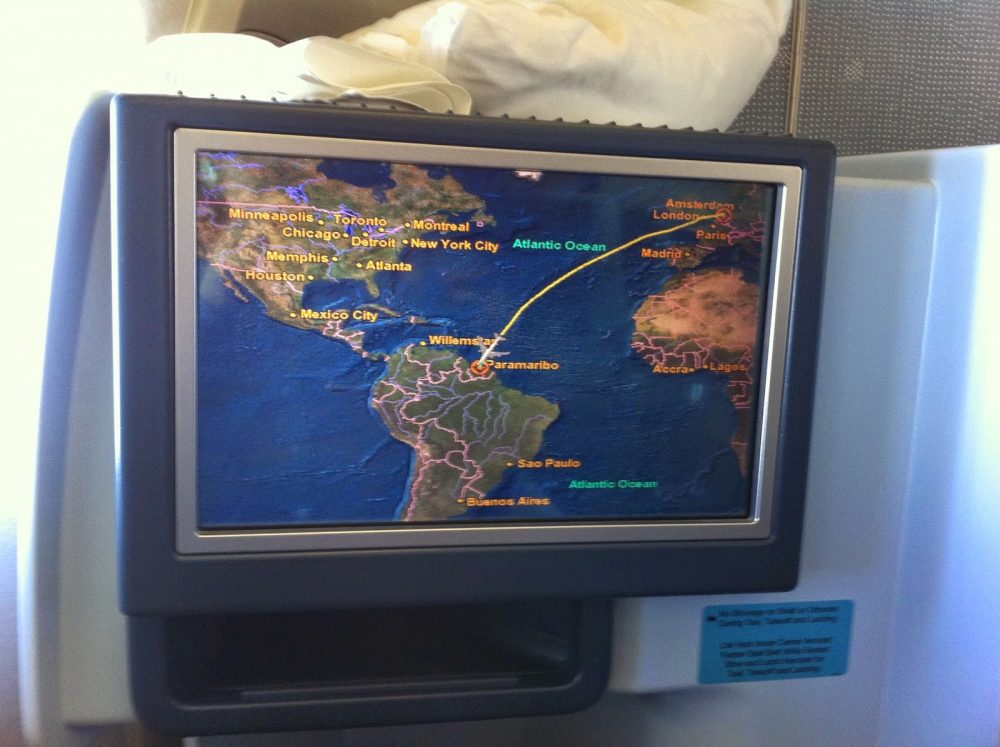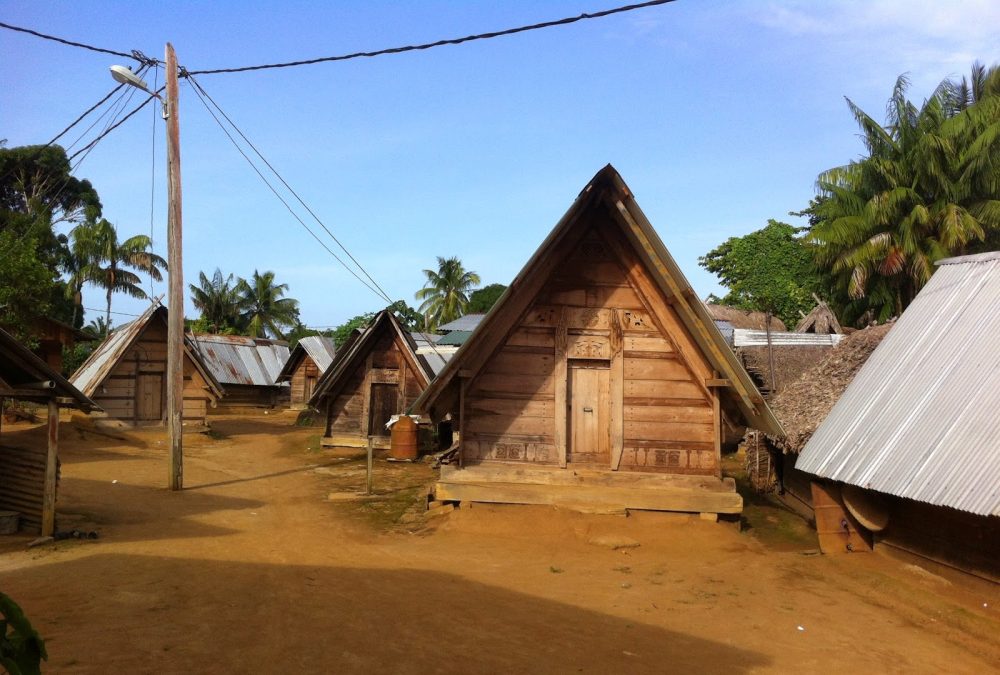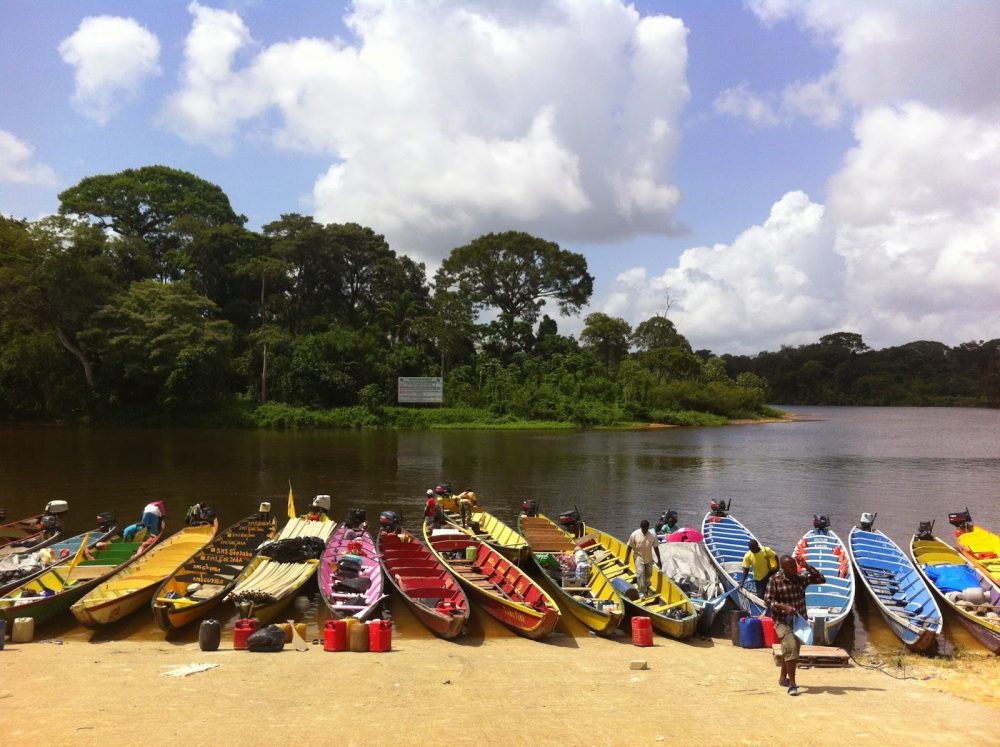The Amazing Upper Suriname River and Pingpe Village – a slice of living history.
Table of Contents
The Upper Suriname River is a living museum, and worth the effort to reach it
Suriname
Apart from geography geeks, stamp collectors and cartophiles, Suriname is a country that has escaped most peoples’ awareness. And this is a great pity, because as a destination, Suriname offers interest travellers a peak into any number of worlds.

It lies, along with Guyana and French Guyana on the north-est coast of South America, tucked in between Venezuela and Brazil. Access is patchy but straightforward; from North America, there are flights into the capital of Paramaribo directly from Miami, or with connections in Port of Spain or Curacao.
From Europe, non-stop flights from Amsterdam, recognising the old historical connection between the Netherlands and this remote region, operate daily.
And so it was that I found myself boarding the KLM flight at Schipol, shivering because I had jettisoned my warm clothes in anticipation of two months or warmth, for the nine-hour flight south to Suriname.

It is my fourth visit to the region, and I have to say that I really enjoy coming down to the Guyanas.
They offer travellers many options, from fabulous fly-in lodges in the rain forest, fascinating canoe trips, expeditions to see the recently-discovered 5000 year-old petroglyphs in the southern forest, and interesting glimpses into contemporary river life, a one travels the Suriname River.
Suriname’s history is bloody. It is a brutal tale of slavery, plantation, disease and constant bickering and fighting with the British and French. It is a history of injustice on an industrial scale, disease and deceit, purgatory and finally salvation.
The Upper Suriname River
In the late 1760s, slaves escaped from the plantations, and headed for the river, safe in the assumption that the wussy Dutch would not chase them there.
Eventually, they settled into six tribes in different regions, and to this day, live lives in the upper reaches of the rivers that remain traditionally African.


There is, of course, contemporary turmoil; the transition from centuries of a cashless society to one that cash is needed is painful.
The requirement for money (Digicel can’t be paid with local fruit), has forced many to leave their traditional villages to go to Paramaribo to seek work, leaving a social imbalance within the villages. T
The elderly, formerly looked after by the next generations are being left alone, and the young children are losing the traditional skills and their mentors are away in The City.
It is a familiar story. What is less familiar is the way that they are working to try and stem the tide.
The Saramacca people, the tribe that live along the Saramacca and Suriname Rivers, have a strong and established social order.
Led by an hereditary king who lived in Asidonhopo until his death a year ago, local government is kept by a council of ten “captains” representing five to ten communities, with each community having their own captain and assistant captain.
The role of the assistant captain is ultimately local; they ensure that their communities are kept clean and tidy, they assign village jobs and ensure that daily activities are completed; simple, but very effective.
The new king will be crowned in another year or so, the work of the previous monarch must first be completed, and the hereditary role is drawn from the maternal line, as are all Saramaccan family structures.
Interestingly, one major movement within the communities is the development of tourism infrastructure to support the communities and create a source of cash; keen and fervent in their desire to welcome visitors and explain their unique history, the Maroon people have flung themselves headlong into the tourism business.

Pingpe and Dan Paati
There are now twenty-two such community-owned resorts along this single 100 km stretch of river; this may, of course, prove to be a degree of overkill, but in the meantime that offer visitors a fabulous combination of options.
From the primitive facilities that offer “back to basics” camps, to the more sophisticated resorts like Dan Paati, there are many options and alternatives.
They all start, however, in Atjoni, the freight hub of the river. Lying three-hours south of Paramaribo, it is the end of the road, and the place where people, freight and everything else is transferred to the 40’ river canoes that provide the heartbeat of the River.
From Atjoni, the journey heads south into the rain forest; the river, wide at the beginning gradually tapers over the next hundred kilometres until it reaches the point that it splits into two smaller streams, the Gran Rio and the Pikin Rio that take you to the very centre of the country.
Here the villages are simply traditional African communities, little changed in the past three hundred years; they are home to people from Benin, the Luongo and Ashanti and offer a glimpse of rural life, and all of the spiritual and social beliefs that were brought from Africa so many centuries ago at the height of the plantation era.

And so it was, that I headed upstream to the confluence of the rivers and found a simply wonderful village, Pingpe, and stayed at its cosy and welcoming Pingpe Jungle Resort.
